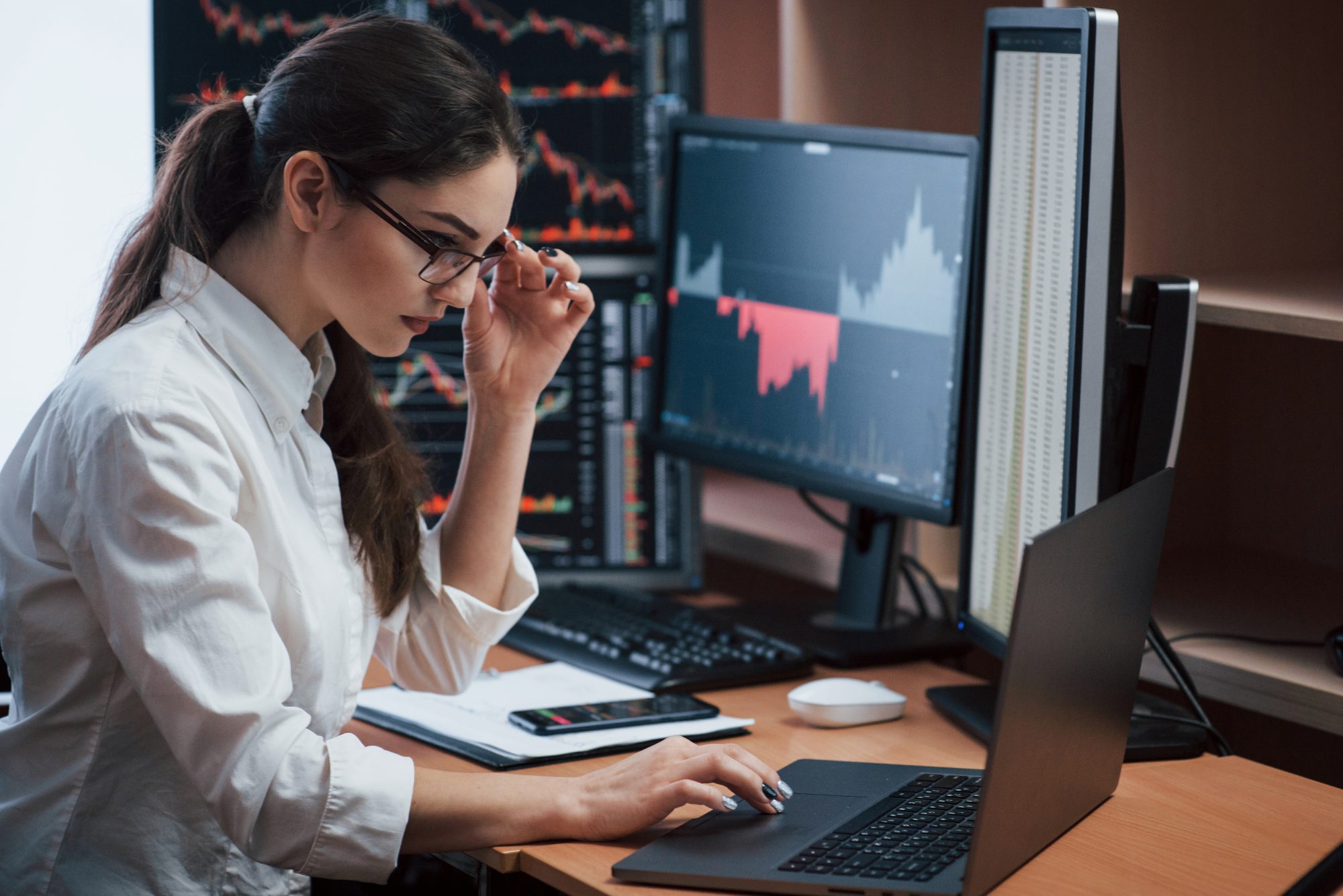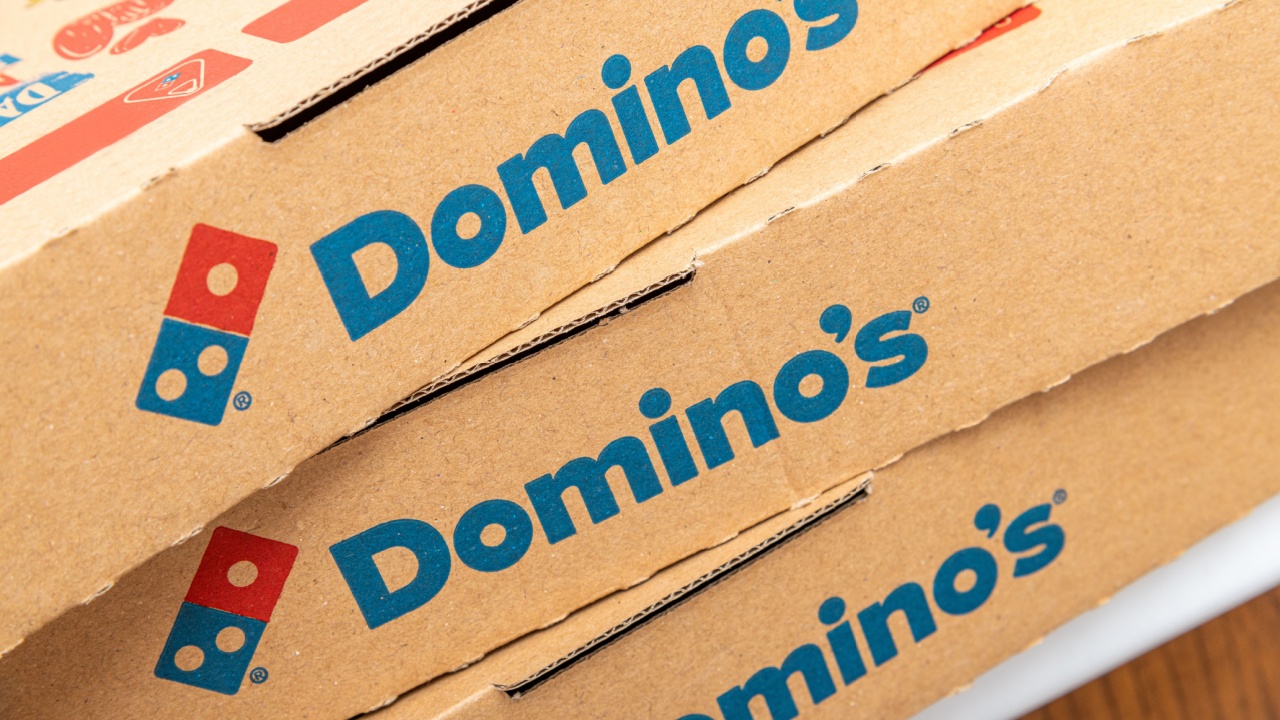The urban population is exploding around the globe, and yesterday’s food systems will soon be sub-optimal for many of the megacities swelling with tens of millions of people.
Further, issues like wasted food, poor working conditions, polluted ecosystems, mistreated animals, and greenhouse gases are just some of the concerns that people have about our current supply chains.
Today’s infographic from Futurism shows how food systems are evolving – and that the future of food depends on technologies that enable us to get more food out of fewer resources.
The Next Gen of Food Systems
Here are four technologies that may have a profound effect on how we eat in the future:
- Automated Vertical Farms
It’s already clear that vertical farming is incredibly effective. By stacking farms on top of another and using automation, vertical farms can produce 100x more effectively per acre than conventional agricultural techniques.
They grow crops at twice the speed as usual, while using 40% less power, having 80% less food waste, and using 99% less water than outdoor fields. However, the problem for vertical farms is still cost – and it is not clear when they will be viable on a commercial basis.
- Aquaponics
Another technology that has promise for the future of food is a unique combination of fish farming (aquaculture) with hydroponics.
In short, fish convert their food into nutrients that plants can absorb, while the plants clean the water for the fish. Compared to conventional farming, this technology uses about half of the water, while increasing the yield of the crops grown. As a bonus, it also can raise a significant amount of fish.
- In Vitro Meats
Meat is costly and extremely resource intensive to produce. As just one example, to produce one pound of beef, it takes 1,847 gallons of water.
In vitro meats are one way to solve this. These self-replicating muscle tissue cultures are grown and fed nutrients in a broth, and bypass the need for having living animals altogether. Interestingly enough, market demand seems to be there: one recent study found that 70.6% of consumers are interested in trying lab grown beef.
- Artificial Animal Products
One other route to get artificial meat is to use machine learning to grasp the complex chemistry and textures behind these products, and to find ways to replicate them. This has already been done for mayonnaise – and it’s in the works for eggs, milk, and cheese as well.
Tasting the Future of Food
As these new technologies scale and hit markets, the future of food could change drastically. Many products will flop, but others will take a firm hold in our supply chains and become culturally acceptable and commercially viable. Certainly, food will be grown locally in massive skyscrapers, and there will be decent alternatives to be found for both meat or animal products in the market.
With the global population rising by more than a million people each week, finding and testing new solutions around food will be essential to make the most out of limited resources.
Article by Jeff Desjardins, Visual Capitalist













